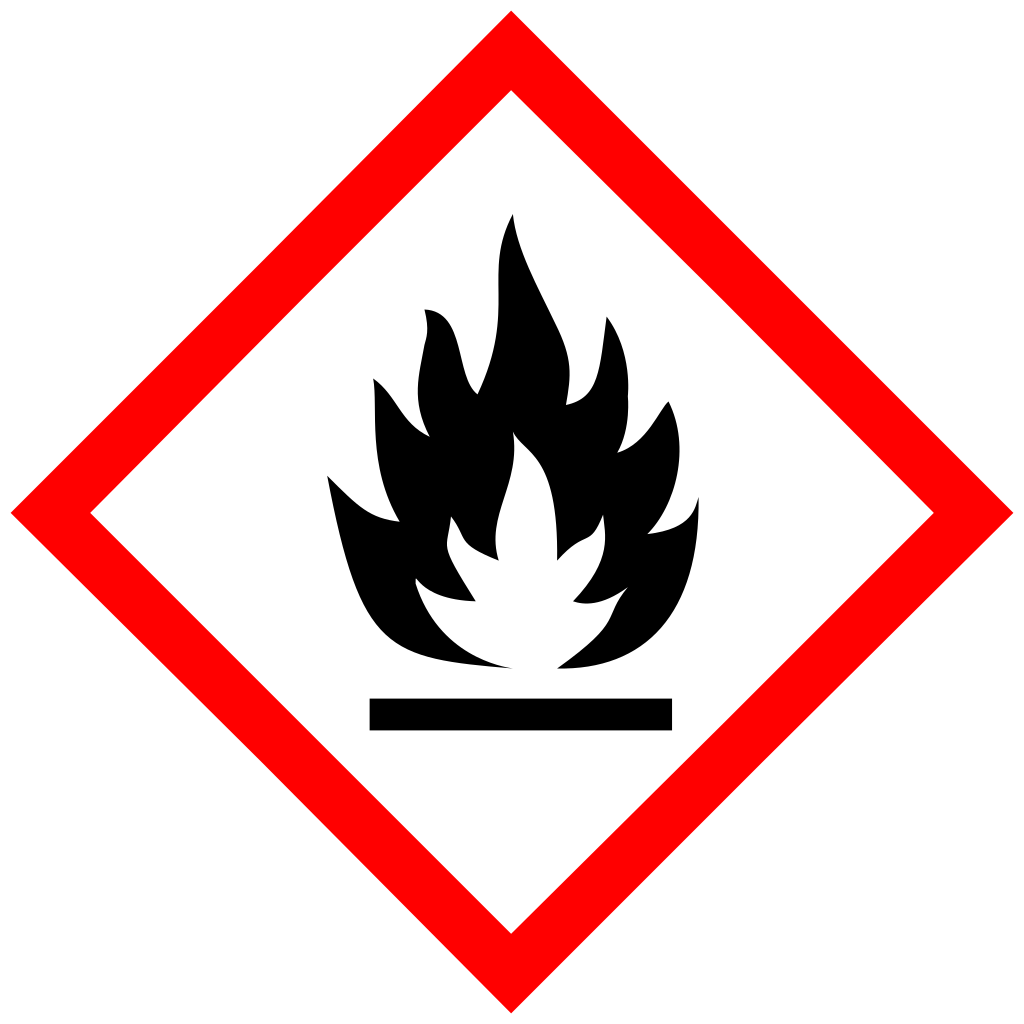Category: Binders
Showing all 8 results
-
Colophonium/Resin
4,99 € – 14,99 €Select optionsName: Colophonium, Colophony resin, wood resin, pine resin
Chemical formula: C18H32O16
Particle size: flakesDescription: Colophonium is an alcohol soluble resin which is sometimes used as a binder and as a fuel-binder combination . As such it is not used very often since it is expensive and doesn’t have much adhesion capacity. Shimizu discerns two different types of colophony. One type is called wood resin and strongly smells of wood or somewhat like an aetheric oil. This is the common resin. Another type he names “combustion agent bl” in some of his books and this is sold as a natural phenolic resin called Vinsol, available at some pyro suppliers
-
Dextrin
6,49 € – 49,99 €Select optionsName: Dextrin
Chemical formula: C6H10O5
Particle size: powderDescription: Dextrin is one of the most commonly used binders in pyrotechnics as it is very cheap and readily available. It is water-soluble and can produce rock hard stars. Its cohesive power is weaker than that of SGRS anyway. Dextrin should not be used in a very damp climate as the stars tend to get wet rather than non-dextrin stars. Western pyrotechnics uses dextrin rather than SGRS, while the former is not popular in Japan and China.
-
Parlon (Chlorinated rubber)
5,99 € – 79,99 €Select optionsName: Parlon, Chlorinated rubber, chlorub, pergut
Chemical formula: (C4H6Cl2)n
Particle size: fine powderDescription: Parlon is a acetone-soluble polymer that is used as a chlorine donor and binder. It is a good example of one of the new chemicals that has become available in the past few decades for use in compositions
-
Red Gum (Yacca gum)
8,99 € – 93,99 €Select optionsName: Yacca gum, Red Gum
Chemical formula: N/A
Particle size: fine powderDescription: Red gum, or accaroid resin, is one of the most widely used organic fuels in modern pyrotechnics and is particularly effective with Potassium perchlorate. It is made from the excretions of Grass Trees (Xanthorrhoea Genus), native to Australia. Most of the worlds product originates from Kangaroo Island, South Australia. Historically a different resin by the same name has been sold, which was extracted from waste products of the Eucalyptus timber industry. Red gum is soluble in many conventional solvents; alcohols, ethers, and ketones. Ethanol, methanol, acetone, isopropanol and butanone are commonly used in pyrotechnic preperation. It also has use as a binder
-
Shellac Gum
11,79 € – 29,49 €Select optionsName: Shellac Gum
Chemical formula: C16H26O4
Particle size: powderDescription: Shellac has been in use as a binder and fuel for many centuries, but has been gradually replaced by Red gum. However, it is still sometimes claimed that shellac is a superior fuel for use in coloured compositions. It is a somewhat brittle but strong resin that dissolves in ethanol and acetone, albeit slowly.
-
Nitrocellulose
17,99 € – 43,99 €Select optionsName: nitrocellulose, cellulose nitrate, nc
Chemical formula: (C6H9(NO2)O5)n
Particle size: cotton
purity: 99,9% (nitrocellulose 65%, isopropyl alcohol 25%, water 3%)Description: Product with a range of Nitrogen content 11.8-12.3%. Product soluble in alcohols. It is used for the production of lacquers as a coating or binder. The desired viscosity depends on each reference.
Precaution:
H: 201
P: 250-372









